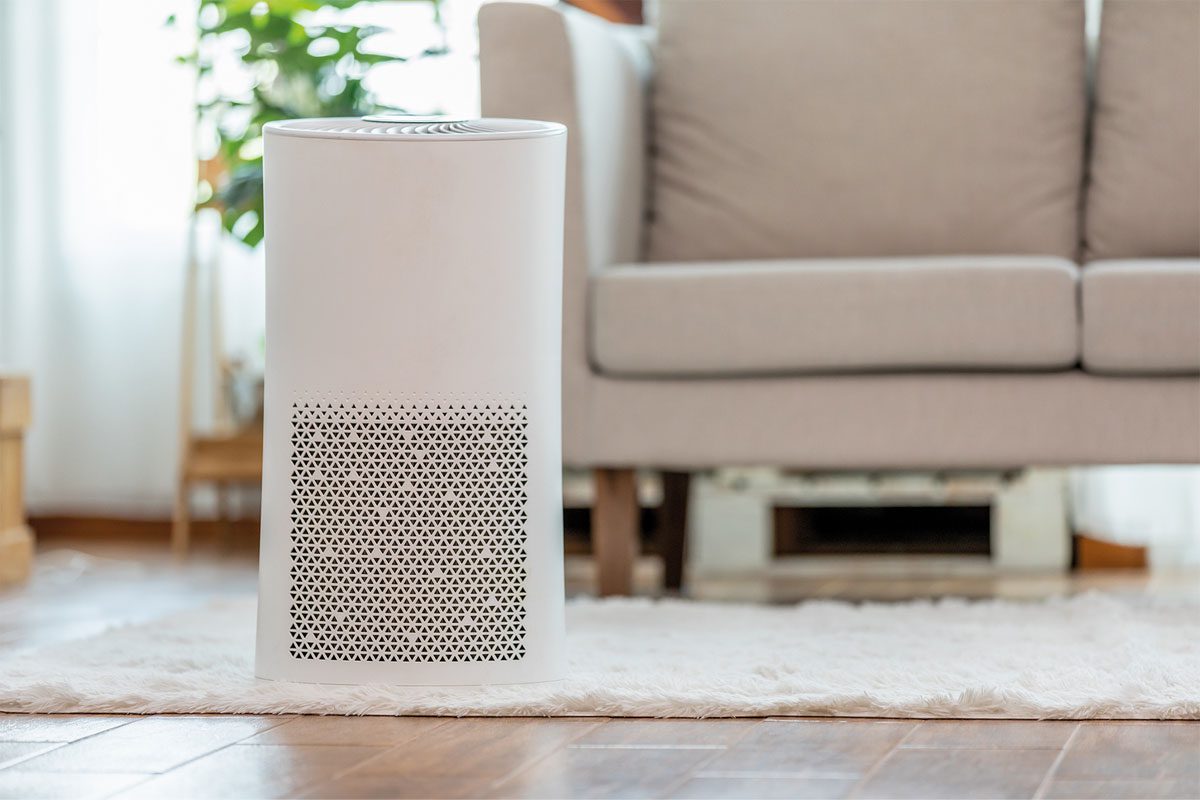
To improve air quality in classrooms, schools should use air purifiers during the school day and open the windows after hours. That’s according to a new study from the University of Surrey.
In England, 7,800 schools are in locations where air pollution breaches WHO limits. Last month, the Mayor of London, Sadiq Khan, announced that air purifiers would be installed in 200 of them.
Nidhi Rawat, a researcher at Surrey’s Global Centre for Clean Air Research (GCARE), said:
“Alternating purifiers with scheduled window openings is an effective way to clean up classroom air.
“The most effective combination depends on the characteristics and location of the classroom, and when the teacher opens windows.
“We also understand that keeping the windows open is not always comfortable or practical – so a sensible, tailored approach is recommended.”
Scientists monitored pollution in two classrooms at an infant school in Guildford, UK. It is 10 metres from the A3 road, passed by 31,000 cars each day.
They studied two classrooms: one facing the road and occupied by 4 to 5-year-olds, and one on the other side of the building, occupied by 6 to 7-year-olds.
In both classrooms, the best improvements in air quality happened when air purifiers were alternated with scheduled window openings. Coarse particle pollution fell by 18% in the classroom nearest the road and 36% in the other classroom. Carbon dioxide fell 28% in the classroom nearest the road and 11% in the other classroom.
Smaller improvements were detected when windows were opened without air purifiers.
Professor Prashant Kumar, director of GCARE, said:
“Our timely study can help policymakers choose when and how to optimise the benefits of air purifiers and window openings in the classroom.
“Globally, millions of children are forced to breathe poor quality air while they learn. We hope our study can be used to design ways to make classrooms safer and pupils healthier.”
The study is published in the Journal of Building Engineering.
It contributes to the UN Sustainable Development Goals 3 (good health and well-being), 4 (quality education) and 11 (sustainable cities and communities).






